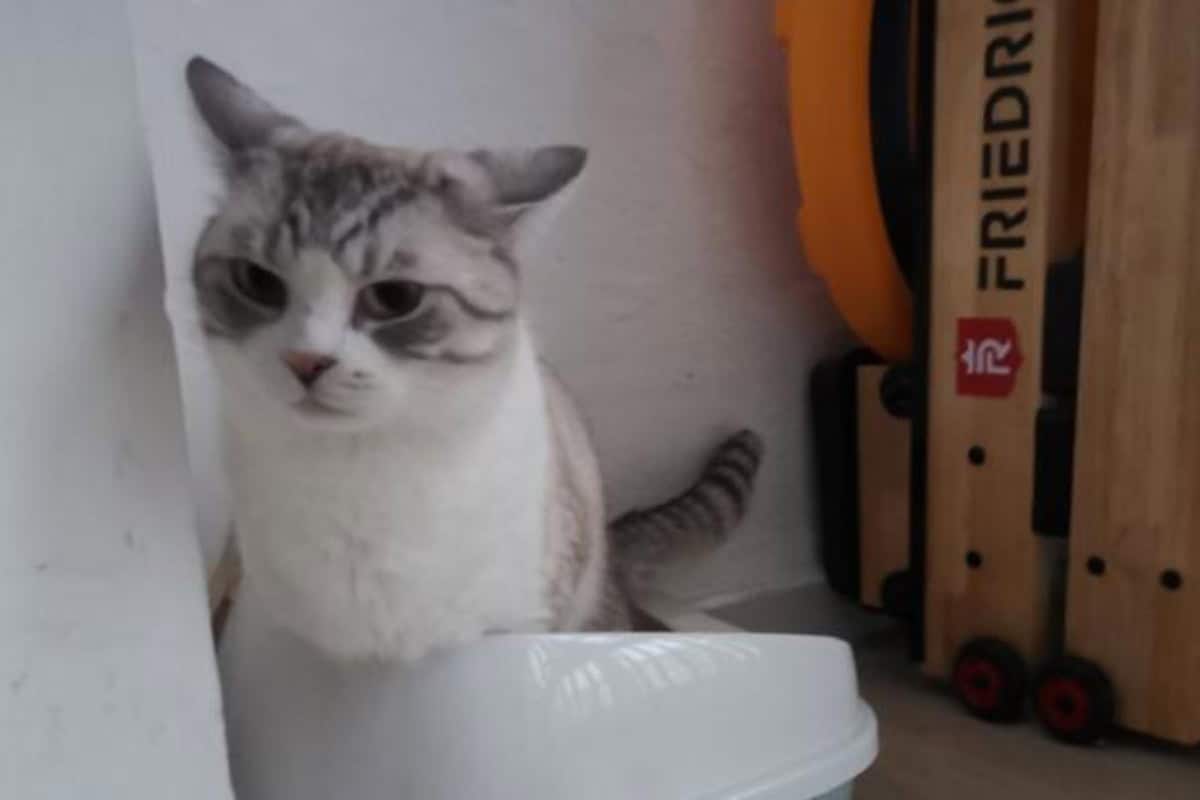Maintaining a clean litter box is essential for both your cat’s health and your home’s hygiene. However, the frequency with which you replace your cat litter isn’t a one-size-fits-all decision. It depends on several factors including personal habits, seasonal conditions, and the inherent qualities of the cat litter you choose. In this article, we break down these key factors and offer guidance on finding the optimal replacement cycle for your household.
Personal Habits and Lifestyle
Your individual standards for cleanliness significantly influence how often you change your cat litter. Some cat owners prefer a consistently spotless environment and may change the litter more frequently—sometimes as often as every two weeks—to avoid any lingering odors or visible mess. For those who are highly sensitive to smells or simply value a pristine living space, establishing a regular cleaning schedule becomes a personal routine or even a comforting habit. On the other hand, if you’re more relaxed about minor odors or slight discoloration, you might extend the period between complete litter changes, tailoring the schedule to your lifestyle.
Seasonal Influences
The season plays a crucial role in determining the ideal cat litter replacement cycle. During the humid summer months, the increased moisture in the air can cause the litter to dampen quickly—even if you’re scooping clumps regularly. This moisture not only contributes to a more rapid buildup of odors but can also lead to a less comfortable environment for your cat. Consequently, many cat owners opt for a shorter replacement cycle, around every two weeks, during the summer.
In contrast, the dry winter weather tends to keep the litter drier for longer periods. The lower humidity can help prevent the litter from becoming overly saturated, which might allow you to extend the interval between complete changes to three weeks or more—depending on the usage. Adjusting your cleaning schedule to align with the seasonal climate can help maintain a fresher, more pleasant litter box environment all year round.
Litter Performance and Product Quality
Not all cat litters are created equal. The performance of your chosen litter—its clumping ability, absorbency, odor control, and resistance to becoming overly damp or smelly—can greatly impact the frequency with which you need to replace it. High-quality litters quickly absorb moisture and encapsulate odors, allowing for longer intervals between full replacements. For example, litters that feature excellent clumping properties can help isolate waste effectively, making routine scooping easier and reducing the need for frequent complete cleanouts.
Alternatively, if you’re using a litter that lacks these performance qualities, you might find that odors develop faster or the litter becomes more prone to dampness. In such cases, a more frequent replacement schedule, such as every two weeks, is advisable to ensure a clean and comfortable space for your cat.
Many cat owners today are exploring natural alternatives like tofu-based litter. Derived primarily from plant materials, tofu litter is praised for its natural composition and environmental friendliness, while still offering the necessary absorbency and odor control. If you’re considering a switch to a new brand or type, it’s wise to check reviews and gather insights from other cat owners. Your personal budget and your cat’s specific needs will also play a role in determining which type of litter is best for your home.
Conclusion
Ultimately, the optimal cat litter replacement cycle is a balance between your personal cleanliness standards, the prevailing weather conditions, and the performance of the litter you use. By understanding and adjusting to these factors, you can maintain a healthier environment for your cat and a more pleasant home atmosphere. Whether you’re a meticulous cleaner or someone who adapts as needed, tailoring your cleaning routine will help you keep your cat’s litter box in prime condition throughout the year.

